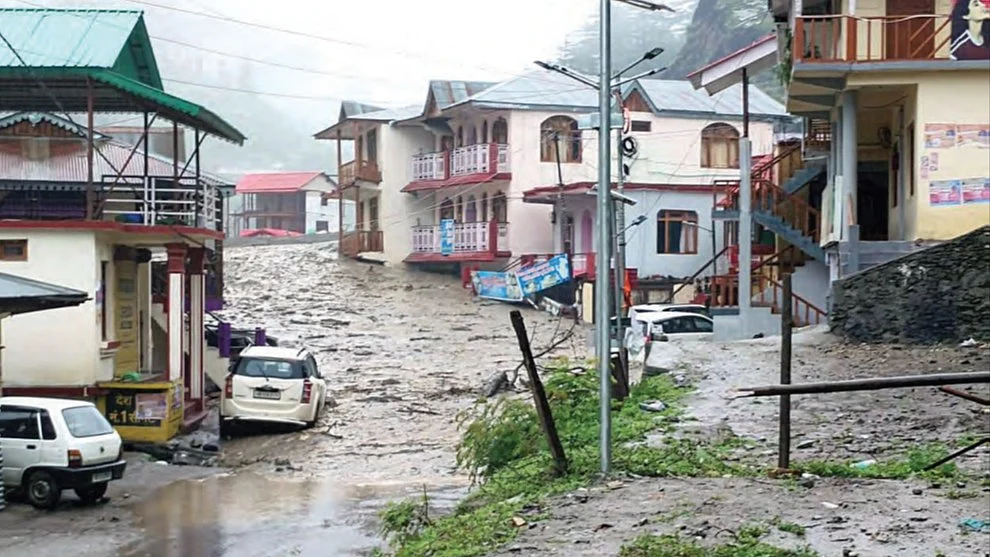Flash floods in Uttarkashi highlight India’s home insurance gap
A single flood or storm can destroy entire villages, leaving residents dependent on government relief and charitable aid

Dharali, a village in Uttarakhand’s Uttarkashi district, has been devastated by sudden cloudburst-induced floods, leaving a trail of destruction in their wake. Entire homes and hotels were swept away, roads disappeared under mud and debris, and at least five people have died, while more than 50 are reported missing — with some estimates suggesting the figure could exceed 100.
Residents had only seconds to escape the rushing waters, and while rescue teams have saved hundreds, the scenes in the valley are harrowing with collapsed bridges, piles of rubble where homes once stood, and locals surveying the wreckage of their lives.
Yet, beyond the immediate loss lies a less visible crisis — the financial inability of most families to rebuild. Home insurance, which could provide a crucial safety net, is almost unheard of in these areas.
India faces an emerging climate reality: from flash floods in the Himalayas to cyclones along the coast, extreme weather events are increasing in both frequency and intensity. Yet, only around 1 per cent of Indian households have home insurance, according to industry estimates reported by Moneycontrol.
In comparison, countries like the United States and the United Kingdom report coverage rates above 70 per cent, while France, Australia, and other developed markets similarly show much higher uptake.
The problem is most acute in smaller towns and rural regions, where nearly 70 per cent of the population resides. In these areas, home insurance is often perceived as a luxury rather than a necessity.
Ironically, many of the regions most exposed to natural disasters — including Uttarkashi, Assam, and Odisha — have some of the lowest levels of insurance coverage. A single flood or storm can destroy entire villages, leaving residents dependent on government relief and charitable aid.
Industry experts identify four main obstacles to wider adoption: low awareness, perceived high cost, policy lapses after housing loans end, and fear of bureaucratic procedures. Many people are unaware that insurance can cover natural disasters such as floods, earthquakes, landslides, and storms, not just theft or fire.
Basic policies are affordable, often starting at around Rs 500 annually, yet misconceptions persist. Policies are also frequently allowed to lapse once a housing loan is repaid, leaving homes unprotected. Finally, concerns over complex claims procedures discourage many potential buyers.
Standard home insurance in India typically covers storm, tempest, flood, and inundation under the STFI clause, though gradual wear and tear or poor construction quality are usually excluded. Following a disaster, claims are initiated by notifying the insurer, after which a licensed surveyor assesses the damage.
While insurers aim to settle straightforward claims within 30 days of receiving the report, logistical challenges in disaster-hit areas can delay the process considerably.
The Uttarkashi flash flood is a stark reminder that extreme weather events are increasingly inevitable. Affordable insurance options exist, but awareness and access must improve if families are to be protected when disaster strikes. Otherwise, India will continue to face these calamities largely uninsured.
Follow us on: Facebook, Twitter, Google News, Instagram
Join our official telegram channel (@nationalherald) and stay updated with the latest headlines
